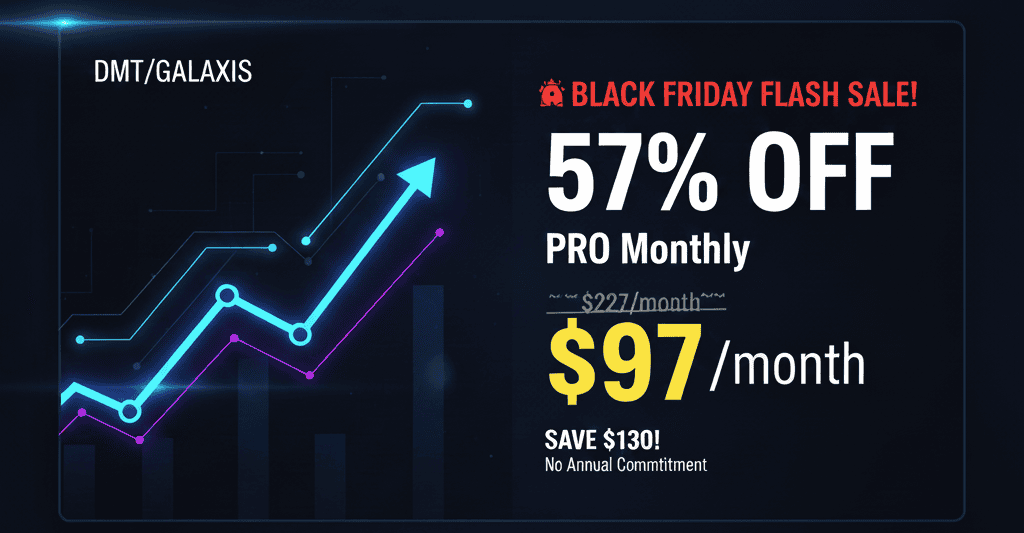Assessing ROI on Multi-Channel Marketing Tools
Assessing ROI on multi-channel marketing tools requires a structured approach that focuses on clear metrics and actionable insights. Understanding how different channels contribute to your overall marketing strategy is crucial for optimizing performance and maximizing returns.
Evaluating Digital Advertising Channels
To effectively evaluate digital advertising channels, you need to establish specific criteria for comparison. Begin by identifying the key performance indicators (KPIs) relevant to each channel, such as click-through rates (CTR), conversion rates, and cost-per-acquisition (CPA). For example, Google Ads typically provides robust data on CTR, which can indicate the effectiveness of your ad copy and targeting strategies. A study found that businesses using targeted ads saw a 50% increase in conversion rates compared to generic campaigns .
Next, analyze the cost associated with each channel. This includes not only direct costs but also time investment and resource allocation. Use a spreadsheet to track these expenses alongside performance metrics. By calculating the CPA for each channel, you can determine which platforms yield the best return relative to their costs.
Measuring Conversion Rates in Cross-Platform Campaigns
Measuring conversion rates across multiple platforms involves tracking user behavior from initial engagement through final purchase. Implement a comprehensive analytics tool like HubSpot or SEMrush that integrates data from various sources. These tools allow you to create funnels that visualize customer journeys across different touchpoints.
Set up UTM parameters for all campaign links to ensure accurate tracking of source traffic. This method helps attribute conversions correctly back to their originating channels. For instance, if users interact with an email campaign before converting via a paid search ad, both channels should be credited appropriately in your ROI calculations.
Regularly review these metrics at defined intervals—weekly or monthly—to assess trends over time. This practice will help identify which platforms drive conversions effectively and where adjustments are necessary.
Analytics for Integrated Marketing Efforts
Integrating analytics across marketing efforts enables you to gain holistic insights into your campaigns’ effectiveness. Use dashboards that consolidate data from various tools into one view for easier analysis. Google Analytics offers customizable dashboards that can display real-time data about user interactions across multiple channels.
Focus on metrics such as customer lifetime value (CLV) and return on advertising spend (ROAS) when evaluating integrated efforts. A high CLV indicates successful retention strategies and effective upselling tactics post-conversion. According to recent reports, businesses with strong integration between marketing channels see an average ROAS of 4:1 .
Additionally, leverage predictive analytics tools that utilize historical data to forecast future performance based on current trends. This proactive approach allows marketers to adjust strategies ahead of market shifts rather than reactively responding after the fact.
Checklist for Assessing ROI
- Identify KPIs relevant to each channel.
- Analyze cost versus performance metrics.
- Implement UTM parameters for accurate tracking.
- Regularly review conversion rates at set intervals.
- Utilize integrated dashboards for consolidated insights.
- Focus on long-term metrics like CLV and ROAS.
FAQ
How can I effectively measure ROI across different marketing channels?
Utilize comprehensive analytics tools that integrate data from all platforms while focusing on specific KPIs like CPA and CLV.
What metrics should I consider when assessing the effectiveness of my multi-channel strategy?
Key metrics include CTR, conversion rates, CPA, ROAS, and customer lifetime value.
How do I compare ROI from online vs offline marketing efforts?
Track both types separately using appropriate measurement methods like web analytics for online efforts and surveys or unique promo codes for offline campaigns.
What are best practices for tracking returns on integrated campaigns?
Use consistent UTM parameters across all digital assets and maintain regular reviews of performance data within centralized dashboards.
Which tools can help in evaluating the ROI of my digital advertising initiatives?
Consider using Google Analytics, HubSpot Marketing Hub, or SEMrush Campaign Analysis Tool for comprehensive insights into your marketing performance.
By following these guidelines in assessing ROI on multi-channel marketing tools, you can enhance decision-making processes within your organization while ensuring resources are allocated efficiently toward high-performing strategies.
